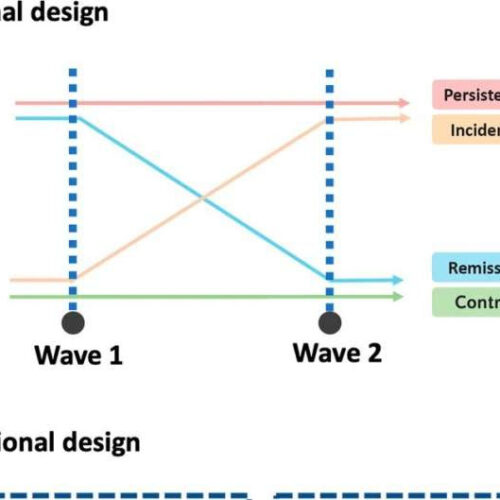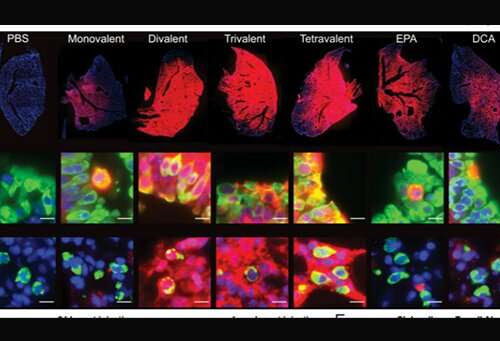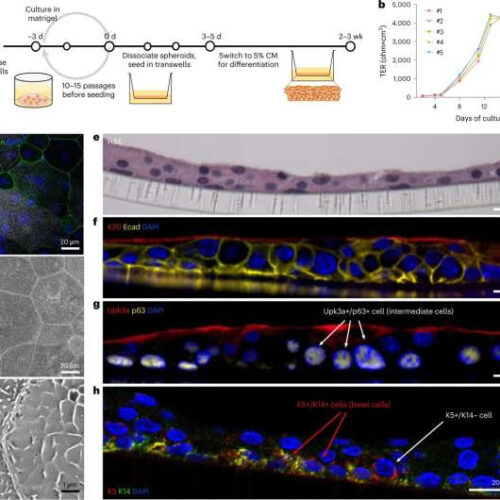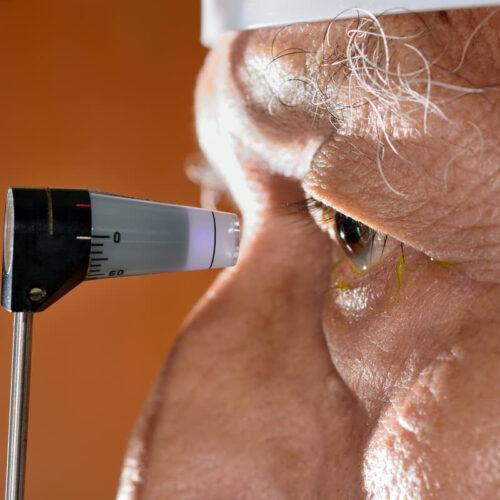by Boston University Credit: Unsplash/CC0 Public Domain Genetic testing for hereditary cancers, such as breast, colon, pancreatic, and ovarian cancer, helps at-risk individuals understand their familial risk for these diseases and make informed decisions about next steps in care. But fewer than 20 percent of at-risk patients utilize this testing, and even fewer engage in genetic counseling after...
Category: <span>Genetics</span>
A method to access genetic information in blood samples and find correlations with mental health problems
by Julia Moióli, FAPESP Schematic of the study design, illustrating the longitudinal and cross-sectional approaches. Longitudinal design: the dotted blue lines represent the two analyzed time points, Wave 1 and Wave 2. The colored horizontal linesrepresent the differences in case–control status between both time points,which was the criteria to define each trajectory group. Sample sizes for...
Scientists deliver siRNA therapy to lung
by Jim Fessenden, UMass Chan Medical School Fluoresce images of lung tissue after treatment (top, red), show local distribution of chemically modified siRNA and robust gene silencing in the lung. Credit: UMass Chan Medical School Scientists at UMass Chan Medical School have developed a technology to deliver gene therapy directly to lung tissue through intranasal...
New method improves accuracy of DNA sequencing 1,000-fold to detect rare genetic mutations
by Allessandra DiCorato, Broad Institute of MIT and Harvard A team of researchers at the Broad Institute of MIT and Harvard has developed a new approach to next-generation sequencing that detects genetic mutations within single molecules of DNA. The method, called Concatenating Original Duplex for Error Correction (CODEC), makes next-generation sequencing about 1,000 times more accurate and...
Sneaking past the blood-brain barrier to usher in the age of gene therapy for neurodegenerative disease
by Justin Jackson, Medical Xpress Initial BBB openings in NHPs targeting brain regions relevant to PD. Successful BBB openings were demonstrated in two monkeys (M1/M2) by delivery of an MR contrast agent (Gd) that does not normally extravasate in the brain. Openings were achieved in the targeted regions with relative accuracy. (A) Axial contrast-enhanced T1-weighted...
First ‘gene silencing’ drug for Alzheimer’s disease shows promise
by University College London Effect of MAPTRx on CSF concentrations of p-tau protein and tau/Aβ42. a, The mean percentage change from baseline in p-tau over time according to dose group. b, The mean percentage change from baseline in the ratio of t-tau to Aβ42 over time according to dose group. Error bars indicate the standard error of...
Hidden epigenetic mechanisms behind chronic UTIs found
by Justin Jackson, Medical Xpress The culture of USCs of juvenile C3H/HeN mice regenerates differentiated urothelium in vitro. a, USCs isolated from 8-week-old C3H/HeN mice were expanded by spheroidal culture in matrigel with 50% L-WRN conditioned media (CM) including Y-27632, a ROCK inhibitor, and SB431542, a TGF β type 1 inhibitor. After 3 d of spheroid...
New gene therapy lowers eye pressure to treat glaucoma
By Paul McClure April 20, 2023 Researchers have used gene therapy to develop a treatment for the damaging high intraocular pressure that is common in glaucoma Depositphotos The high eye pressure seen in glaucoma slowly leads to blindness. For some, the first-line treatment, eye drops, doesn’t work. Researchers have used gene therapy to develop a promising new...
Study describes mechanism that regulates activity of memory gene
FUNDAÇÃO DE AMPARO À PESQUISA DO ESTADO DE SÃO PAULO The protein PKMzeta is known to be associated with long-term memory formation. Neurological disorders such Alzheimer’s disease, as well as depression and aging, correlate with reduced levels of this protein in the brain. Researchers affiliated with institutions in Brazil and the United States have now...
Researchers discover molecular fail-safe that keeps bladder tissues from turning cancerous
by Fred Hutchinson Cancer Center Credit: Pixabay/CC0 Public Domain Over the decades, scientists have revealed many strategies our cells use to keep normal cells from becoming cancerous. Now, Fred Hutchinson Cancer Center scientists have discovered a completely new—and counterintuitive—emergency brake that bladder cells use to stave off tumors even when cancer-promoting genes are turned on. In...








